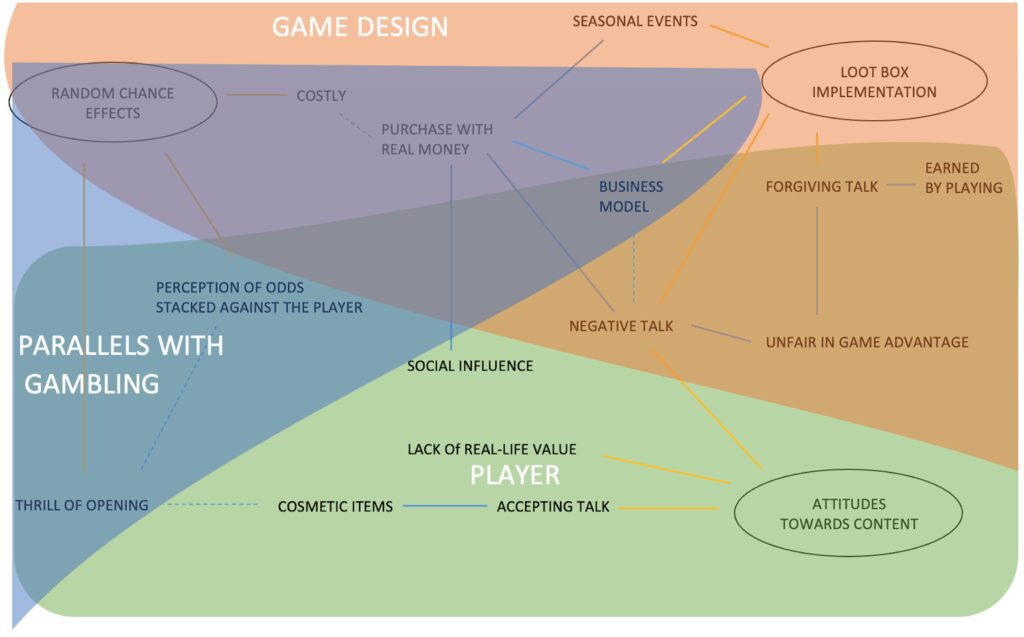The video game industry generates billions of dollars in revenue each year, with over 2.7 billion gamers internationally. Game designers use psychology to create games that are engaging, immersive, and ultimately successful. Understanding human behavior and mental processes is critical in every stage of the game design process, including conceptualization, game mechanics, user interface design, and storytelling and narrative design. Game designers use principles of operant conditioning to create reward systems that reinforce positive player behavior, create user interfaces that are intuitive and aesthetically pleasing, and use principles of psychology to create compelling characters that players care about.
The Psychology of Gaming: How Human Behavior Inform Game Design Decisions
Video games have exploded in popularity over the past few decades. With over 2.7 billion gamers around the world, it’s no surprise that the video game industry generates billions of dollars in revenue each year. But what makes a game successful? How do game designers create an experience that keeps gamers coming back for more? Understanding human behavior and psychology is a crucial aspect of game design, and this article will explore the ways in which game designers use psychology to inform their decisions during the design process.
The Role of Psychology in Game Design
Before diving into the specifics of how psychology informs game design decisions, it’s important to first understand the role of psychology in the process. Psychology is the scientific study of human behavior and mental processes. Game designers use psychology to create games that are engaging, immersive, and ultimately successful. Psychology plays a role in every stage of the game design process, from conceptualization to post-release analysis.
Conceptualization
The first stage of game design is conceptualization, or the process of developing an idea and creating a plan for the game. During this stage, game designers use psychology to inform their decisions about the game’s overall concept and target audience. For example, a game designer might use psychological research to identify popular themes and trends in the gaming industry, or they might conduct surveys and focus groups to gather data about gamers’ preferences and behaviors.
Game Mechanics
Game mechanics are the rules and systems that govern the gameplay experience. Game designers use psychology to create game mechanics that are engaging and rewarding for players. For example, a game designer might use principles of operant conditioning to create a reward system that reinforces positive player behavior, such as completing objectives or achieving high scores. Game designers might also use principles of flow theory to ensure that gameplay is challenging but not frustrating, and that players remain “in the zone” while playing.
User Interface Design
User interface design refers to the visual and interactive design elements of a game, such as menus, buttons, and HUD (heads-up display) elements. Game designers use psychology to create user interfaces that are intuitive, easy to use, and aesthetically pleasing. For example, game designers might use color psychology to choose colors that evoke the desired emotion or mood, or they might use principles of information processing to ensure that important information is presented clearly and prominently.
Storytelling and Narrative Design
Storytelling and narrative design refer to the narrative elements of a game, such as character development, plot, and dialogue. Game designers use psychology to create storytelling and narrative elements that are engaging, immersive, and emotionally impactful. For example, game designers might use principles of social psychology to create relatable, sympathetic characters that players care about, or they might use principles of cognitive psychology to create storylines that are complex and intellectually stimulating.
Examples of Psychology in Game Design
Now that we’ve explored the role of psychology in game design, let’s take a look at some specific examples of how psychology informs game design decisions.
Reward Systems
As mentioned earlier, game designers often use principles of operant conditioning to create reward systems that reinforce positive player behavior. One example of this can be seen in the game World of Warcraft, which uses a system of “loot drops” to reward players for completing quests and defeating enemies. Players are more likely to continue playing when they feel that their efforts are being rewarded, and this keeps them engaged with the game.
User Interface Design
Game designers often use principles of information processing to create user interfaces that are clear and easy to use. In the game Grand Theft Auto V, for example, the user interface uses symbols and icons to represent different features and functions. This makes it easier for players to navigate the game and understand the various gameplay mechanics without having to read lengthy explanations or tutorials.
Storytelling and Narrative Design
Game designers use principles of psychology to create compelling characters and storylines that players care about. One example of this can be seen in the game The Last of Us, which features characters who are relatable and sympathetic. By creating characters that players care about, game designers can make the player more invested in the narrative and more likely to continue playing.
Conclusion
Psychology plays a crucial role in game design, informing decisions about conceptualization, game mechanics, user interface design, and storytelling and narrative design. By understanding human behavior and psychology, game designers can create games that are engaging, immersive, and ultimately successful. The next time you find yourself engrossed in a video game, take a moment to consider how psychology might have informed the game’s design decisions.
